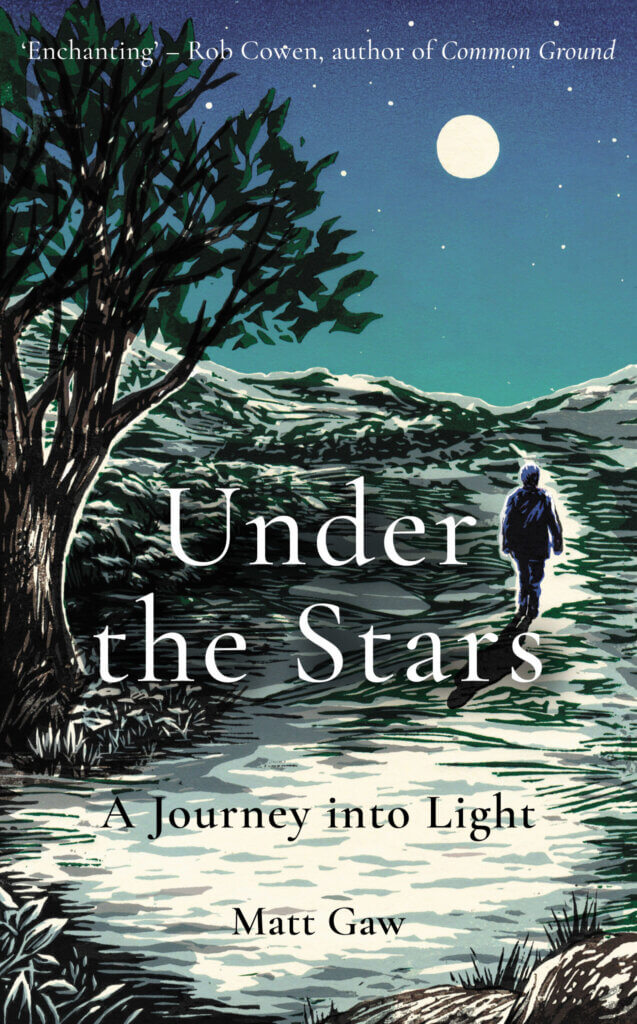
It is only March, and I hope to read lots of brilliant books through the rest of 2020, but I am pretty sure this volume will be in this blog’s list of books of the year.
It’s a slim volume, fewer than 200 pages of text and quite well-spaced text at that, but it packs quite a punch. The author explores the darkness of night time, and how we react to it, and how difficult it is, in the modern world, to experience unadulterated darkness.
He spends a lot of the book walking at night, in darkish places and rather light places, and some truly dark places. There is quite a lot about wildlife in this book, but it is about nature – natural darkness. What is more natural than the spinning of the Earth on its axis turning us away from the Sun for a large chunk of every day? And if dimly-litness were a habitat, then it has declined in extent by 39% in less than two decades, and if brightly-lit were a non-native invasive species, it has increased by 19% in the same time.
Are you scared of the dark – and if so why? Should we fear the lack of darkness and its impacts on us and the wildlife around us? How does it feel to reconnect with darkness (which often isn’t as dark as we fear it might be)?
I learned some things from this book (do you know what airglow is and how it is caused?) but more than that, it caused me to think, and in a very coaxing and encouraging way, about the darkness through which I normally sleep.
Next Saturday brings Earth Hour when we are encouraged, by WWF, to turn off our lights. Participation is not high in the UK and certainly not by public bodies and local authorities. But I will probably go outside and look at the sky, hoping for a clear night. And if I do then I know I will be partly night-blinded by the light emanating from neighbouring houses and street lights. My, entirely pleasant and likeable, neighbours have a very bright night-light which is not shielded, never turns off (not even in the day!) and casts its bright light into my garden and spoils my enjoyment of the night sky and darkness of my own garden. Matt Gaw has a great phrase, fly-tipping of light, to describe this type of thing.
Read this book.
Under the Stars: a journey into light by Matt Gaw is published by Elliott and Thompson.
Remarkable Birds by Mark Avery is published by Thames and Hudson – for reviews see here.
[registration_form]
I love being out at night. Earlier this week we went for a walk in the dark at a local nature reserve and were rewarded with the encounter of dozens of male toads waiting on the grass and the paths to intercept females returning to the water to spawn.
I guess a still-vivid memory for many of us is our first night out in the open, on a night hike or whatever. I found a short passage in Robert Louis Stevenson’s Travels with a Donkey, ‘A night among the pines’ highly evocative of that. You can scroll down to it here: http://www.gutenberg.org/files/535/535-h/535-h.htm . I look forward to reading Matt Gaw’s book, thank you for the review.
Read this book a couple of weeks ago, informative and entertaining; I also enjoyed Matt Gaw’s previous book. I’m lucky to live in a village without street lighting and last night’s sky was breathtaking.
On the same theme and both worth reading: ‘Nightwalk’ by Chris Yates and the more recent ‘Dark Skies’ by Tiffany Francis.
Brimstone, comma and small tortoiseshell so far but still waiting for blackcap and willow warbler . . . .